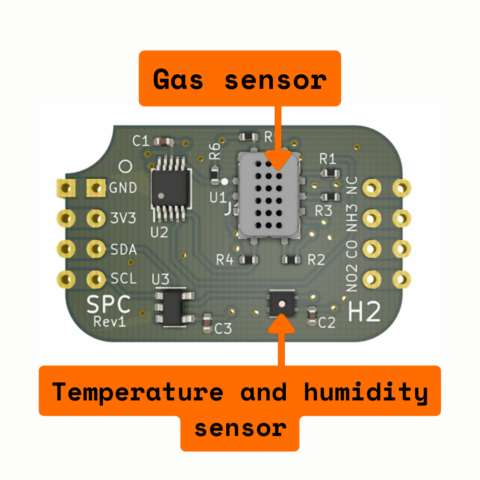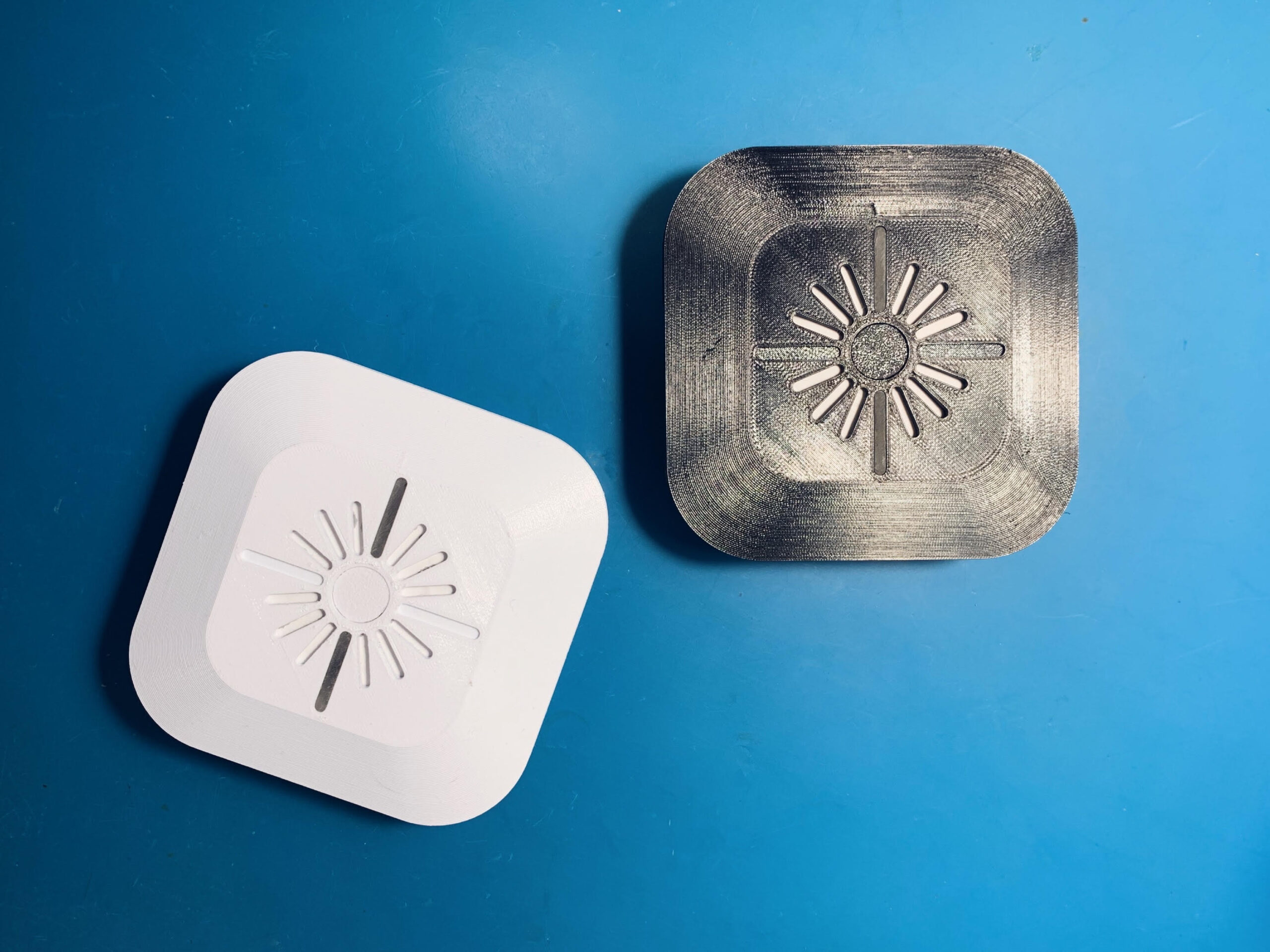
H2Go is a domestic hydrogen (H2) sensor designed and developed by DefProc Engineering for the EIC, Northern Gas Networks and Wales & West Utilities. We have taken the device from a proof of concept to a fully functional prototype. As energy companies look for greener, sustainable energy sources, hydrogen is a contender to heat and fuel homes across the UK. Almost 85% of homes in the UK use natural gas for heating and cooking, accounting for 18% of all carbon emissions. Last year, the UK’s first showcase of hydrogen homes opened at the Northern Gas Networks’ innovation site in Gateshead, allowing the public to see how hydrogen can power a zero-emission gas-fuelled home.
The challenge

To increase confidence in hydrogen in domestic properties, the EIC, Northern Gas Networks and Wales and West Utilities wanted a device that looks and works similar to a smoke alarm. Using pure hydrogen as fuel means that there is no carbon present. As a result, the domestic hydrogen sensor can replace existing carbon monoxide detectors already in homes.
Currently, there is nothing on the market for domestic hydrogen sensors. Industrial hydrogen detectors are unsuitable because they’re too expensive for a home environment. We needed to use our experience to create a device that met all the safety requirements while understanding that affordability and reliability would be essential to our clients and the end consumer.
Services used
- 3D printing
- Sensors
- CAD
- Electronics design
- Proof of concept
- Prototyping
- Microcontrollers
- Firmware
- Hardware
- PCB
- Design for manufacture
The project
Sensors
There are two types of sensors in the H2Go device: a multi-element sensor to detect hydrogen, paired with a temperature and humidity sensor. These environmental factors influence sensor resistance, so the device would be less accurate if there wasn’t a way to measure temperature and humidity in the air.


Depending on the gas mix in the room, the measurement of the sensor elements will change. When the sensor elements all change past their programmed thresholds, we know that hydrogen is present above the allowed concentration, and the device will alarm.
The use of the multi-element sensor allows the device to confirm the presence of hydrogen, in contrast to the response from other gases in the room, such as alcohol vapour, ammonia from cleaning sprays or nitrogen oxides.
Testing
The testing of the H2Go device followed the test recommendations from BS EN50194-1 (electrical apparatus for the detection of combustible gases in domestic premises). The alert limit is set so that it will alarm well before the hydrogen levels reach a dangerous concentration. Following the British Standard, the tests ensure that the device is reliable in detecting hydrogen and alarming.
This domestic hydrogen sensor also contains a visual and audible alarm. When it senses hydrogen above the recommended level, it will alert people so they can take the necessary safety precautions.
Housing

The H2Go device needed to look like something that would go inside a home. To enable us to play around with designs, we opted to 3D print the housing. It is also a relatively inexpensive option with a quick turnaround time.
The button in the middle of the device allows people to test the alarm, similar to a smoke detector. The splits surrounding the button enable the air to reach the sensors. We also found that it was a great way to disperse the light from the LEDs inside the device, which increased the visibility of the alert.

The back of the device is flat, giving people the option to mount it onto the wall or ceiling. The sensor can either be battery-operated or powered by a mains supply. The housing was designed so the USB-C port is easily accessible if someone chooses to plug in the device. Having a domestic hydrogen sensor that looks and feels familiar allows consumers to feel reassured that there are safety measures in place if there is a leak.
What’s next?
In the future, H2Go will be the basis for manufactured domestic hydrogen sensors. The next step for these devices will be to move from a prototype to mass production. Although the mechanics of H2Go will stay the same, the housing would likely be injection moulded, similar to our Push to Talk buttons, to give a smoother finish and ready-to-go appearance.
Do you have an idea that could change the future? Get in touch with us and let’s see how we can help! Email us at contact@defproc.co.uk. You can also stay up to date with our other projects via our social media channels. Follow us on LinkedIn and connect with Jen and Patrick.
Posts you may like
DefProc Engineering Joins Hydrogen Innovation Challenge
We're delighted to reveal that DefProc Engineering is one of ten finalists in the Hydrogen Innovation Challenge. The programme is a collaborative effort by Sustainable Ventures, CPI (Centre for Process Innovation, part of the HVMC (High-Value Manufacturing Catapult) [...]
Smart Gas Pressure Sensor
DefProc’s latest collaboration with Northern Gas Networks (NGN) has led to the creation of a Smart Gas Pressure Sensor. Designed to detect low-pressure in consumer homes, the device works with natural gas, 100% hydrogen and a blended supply. If the pressure goes below the low [...]



